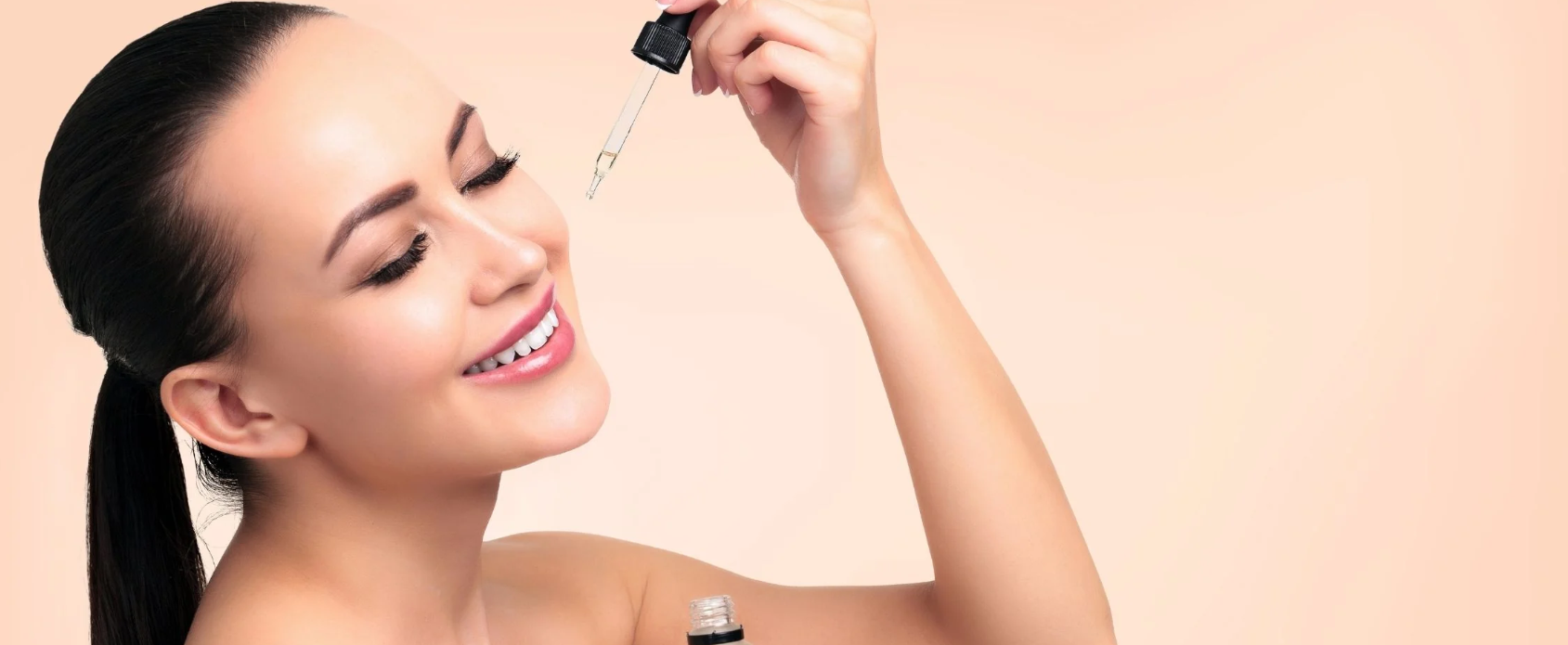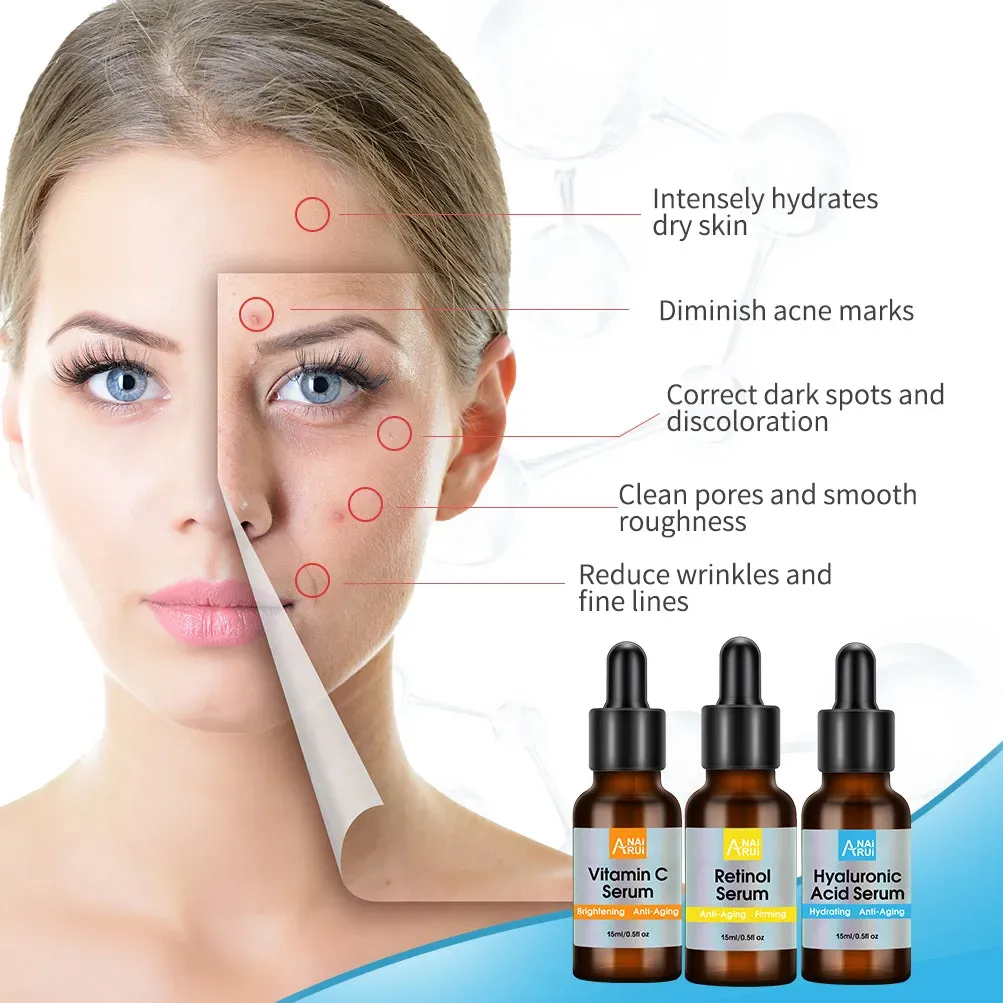
If your skin ever feels tight, flaky, or just a little dull, there’s a good chance your routine could benefit from a hydration boost—and that’s where hyaluronic acid comes in. It's one of those ingredients that skincare experts swear by, and once you understand how it works and how to use hyaluronic acid correctly, you’ll see why.
Let’s clear this up first. What is hyaluronic acid? Despite the word “acid” in the name, it’s not harsh or exfoliating. In fact, it’s the opposite. Hyaluronic acid is a moisture-binding molecule that naturally exists in your skin, keeping it plump and hydrated. It can hold up to 1,000 times its weight in water—think of it like a sponge that draws in and holds moisture where your skin needs it most.
Timing matters when it comes to skincare. If you’re wondering when to use hyaluronic acid serum, the short answer is: right after cleansing and before you lock in moisture.
Here’s a breakdown of how to use it:
Use it in the morning for a fresh, dewy look and at night to help your skin repair itself while you sleep. Twice a day is ideal, but even once daily can make a difference.

What truly makes hyaluronic acid stand out in the skincare world is its ability to bind and retain moisture—but it’s more than just a hydrator.
At a molecular level, hyaluronic acid acts like a magnet for water. It pulls moisture from the surrounding environment and from deeper layers of the skin, helping to keep the surface soft, supple, and hydrated. This hydration doesn’t just make your skin feel better—it also visibly improves its appearance.
Another reason it’s so effective is that it’s incredibly gentle and skin-friendly.Whether your skin is oily, dry, sensitive, or acne-prone, you can usually use it without worry.
It also plays well with others. Hyaluronic acid fits seamlessly into almost any skincare routine because it doesn’t interfere with other ingredients—it enhances them. When layered with active ingredients like retinol, vitamin C, or niacinamide, it helps maintain hydration and reduce the risk of dryness or irritation those actives can sometimes cause.
So in short, hyaluronic acid is effective because it’s:
With consistent use, you’re not just getting temporary hydration—you’re supporting your skin’s ability to stay strong, elastic, and balanced in the long run.
Using hyaluronic acid doesn’t require complicated steps or fancy tools. Just a few drops, a little moisture, and regular use can go a long way toward keeping your skin feeling balanced and looking healthy. If you’ve been searching for a skincare upgrade, now you know how to use hyaluronic acid the right way.
Yes, you can—and should. Hyaluronic acid complements retinol perfectly by offsetting its drying effects. Apply HA first, let it absorb, and then follow with retinol.
Absolutely. HA and vitamin C are a powerful duo. Vitamin C brightens and evens skin tone, while hyaluronic acid hydrates. Apply vitamin C serum first, then follow with HA serum and moisturizer.
Yes. These two ingredients work very well together. Niacinamide helps regulate oil and reduce inflammation, while hyaluronic acid hydrates. Use HA before niacinamide if applying them separately.
Yes, it’s safe and beneficial to combine them. Many products even contain both ingredients to simplify your routine.
Yes, but with caution. After a TCA peel, your skin is sensitive and healing. A gentle hyaluronic acid serum (without fragrance or active ingredients) can help soothe and hydrate post-peel skin.
Yes. HA helps alleviate the dryness and irritation that retinol may cause, making it an excellent pairing.


